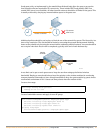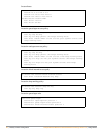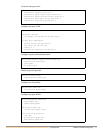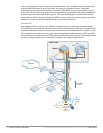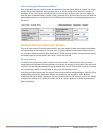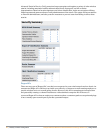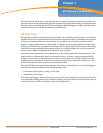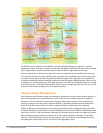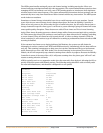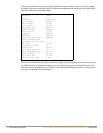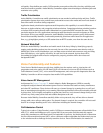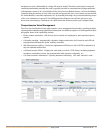
Campus Wireless Networks Validated Reference Design Version 3.3 | Design Guide RF Planning and Operation | 55
Chapter 7
RF Planning and Operation
Wireless networks break many of the old rules when it comes to designing a network; as a result, new
tools are needed to help administrators quickly and effectively deploy and maintain a wireless network.
The following sections describe the RF Plan and Adaptive Radio Management (ARM) tools that Aruba
provides to help operate the WLAN effectively and efficiently.
RF Plan Tool
RF planning, in the days of autonomous Access Points, was a painful experience at best. It was often a
headache to look at a two-dimensional map of AP placements and attempt to determine which channel
and power setting should be used. Because early Access Points were extremely expensive and the
widest coverage possible from each was needed, a detailed site survey was performed accounting for
building wall construction and possible interference sources. As the wireless link becomes the primary
connection for major enterprise deployments and the cost of APs has fallen, the need to increase AP
density to allow higher throughput has changed site survey process.
Aruba Networks recommends a dense deployment of APs as discussed earlier in this document. This
model reduces or eliminates the need for a formal site survey. In general, many professional WLAN
designers say it is better to spend less money today on a site survey that provides a limited one-time
snapshot of your environment. Instead, it is an industry best practice to use those funds to buy a few
more APs that provide improved service and long-term benefit.
The Aruba RF Plan tool easily imports an image of each floor of a building to be covered and suggests
AP counts and placement based on the following simple rules:
z Connection needs (speed, coverage, or AP count)
z Redundancy (cell overlap)
The system will suggest a layout that meets the criteria. The user can easily reposition one or more APs
to accommodate building features or customize coverage. Once the APs have been placed, the user can
examine the predicted RF environment as seen in the image below.



